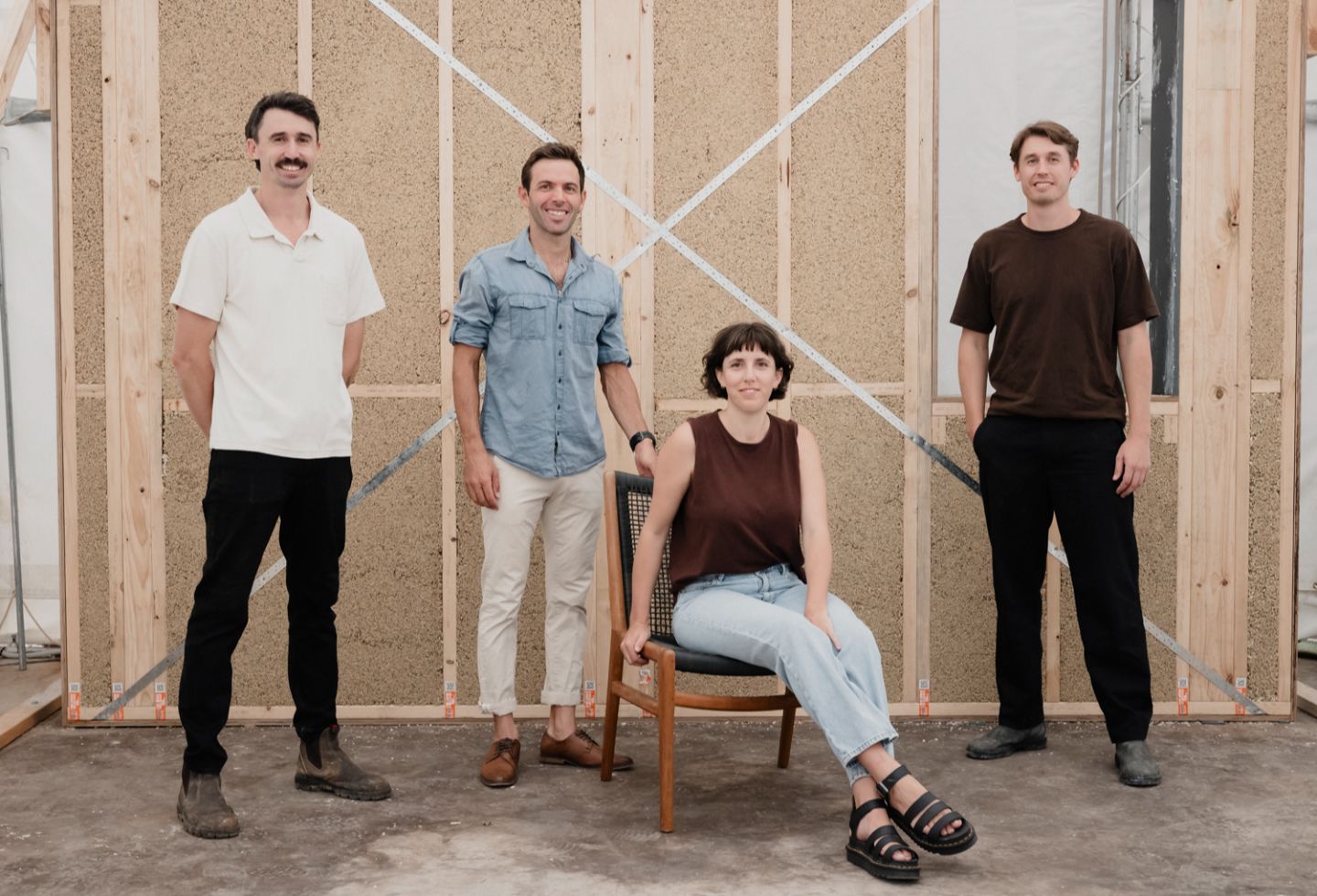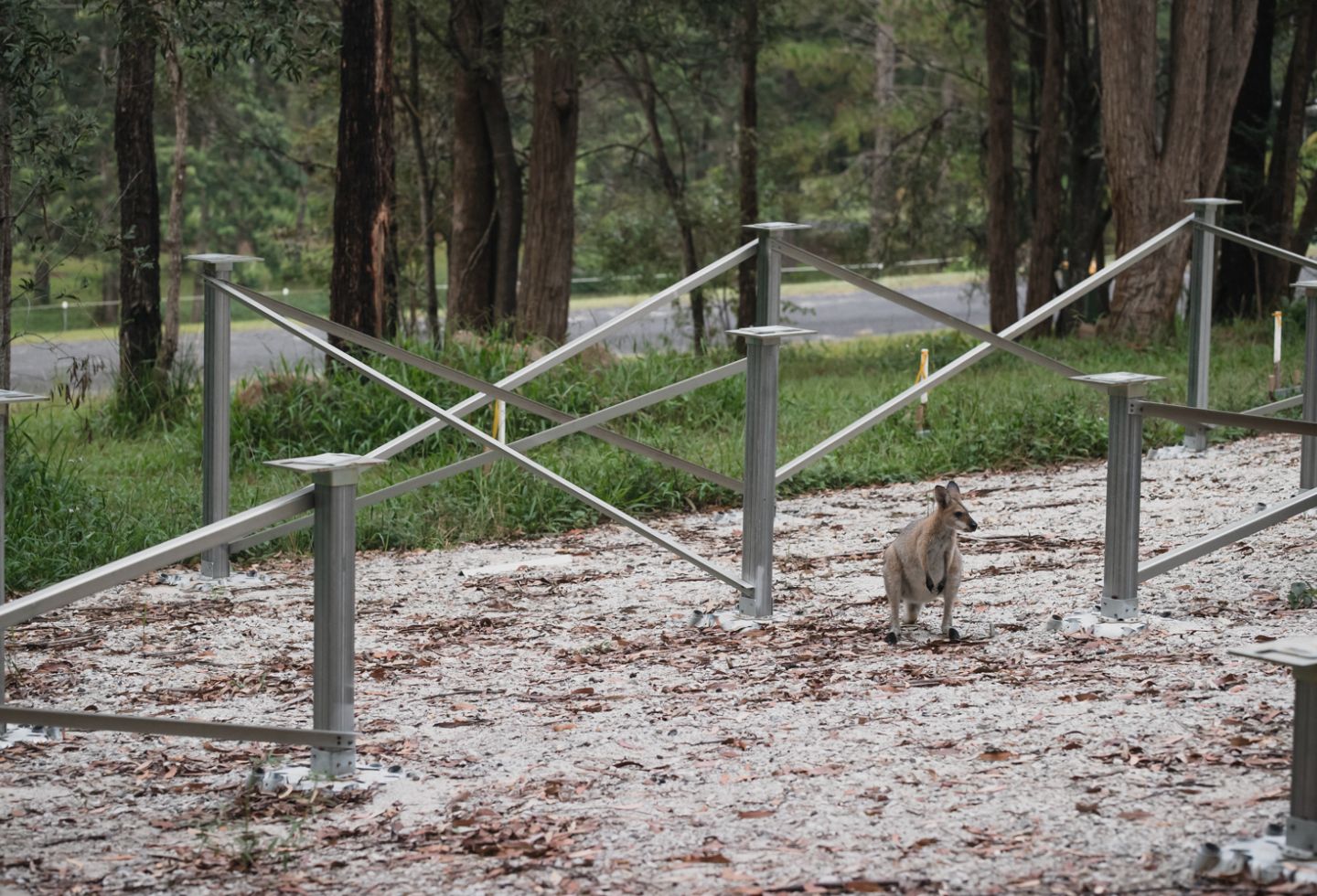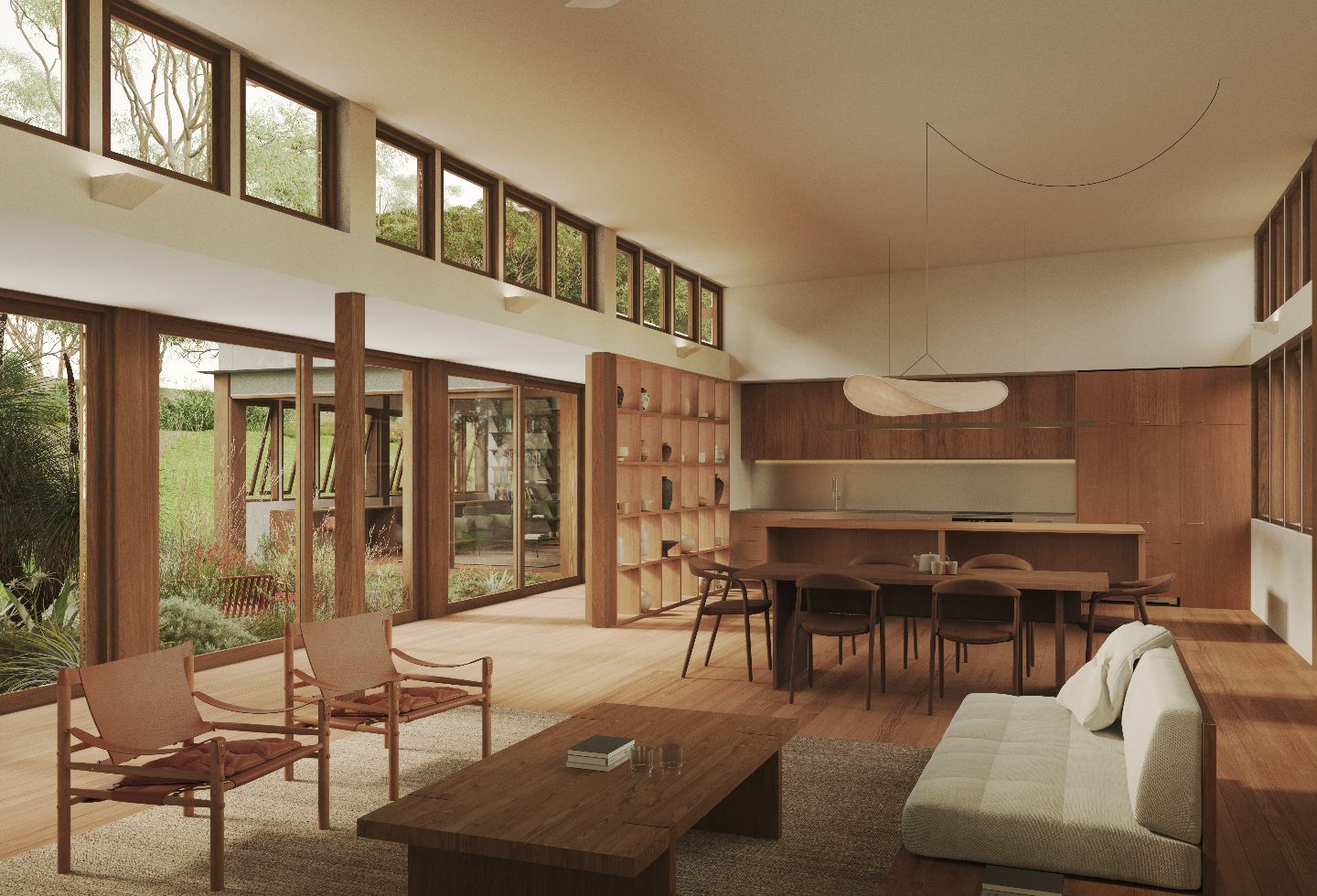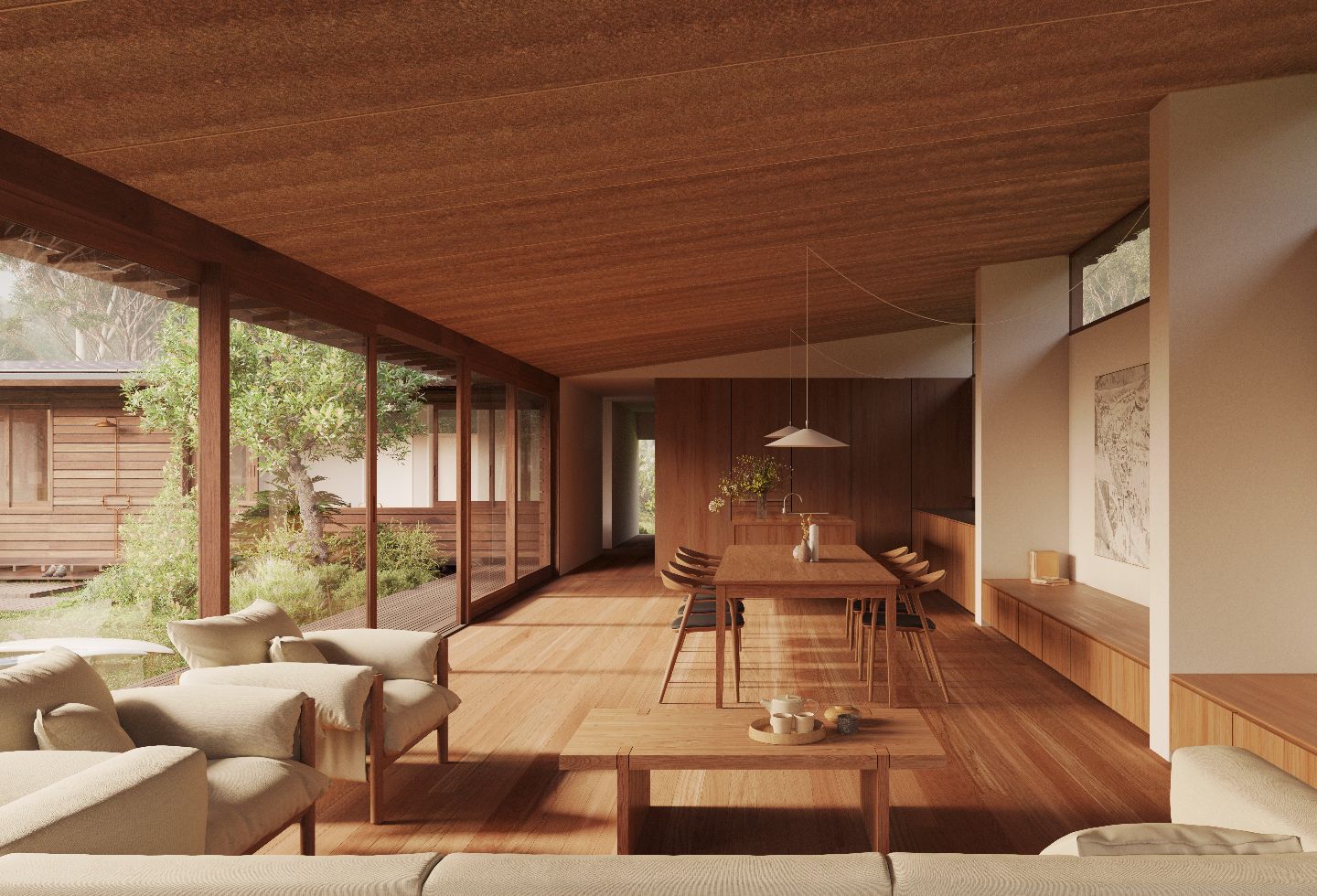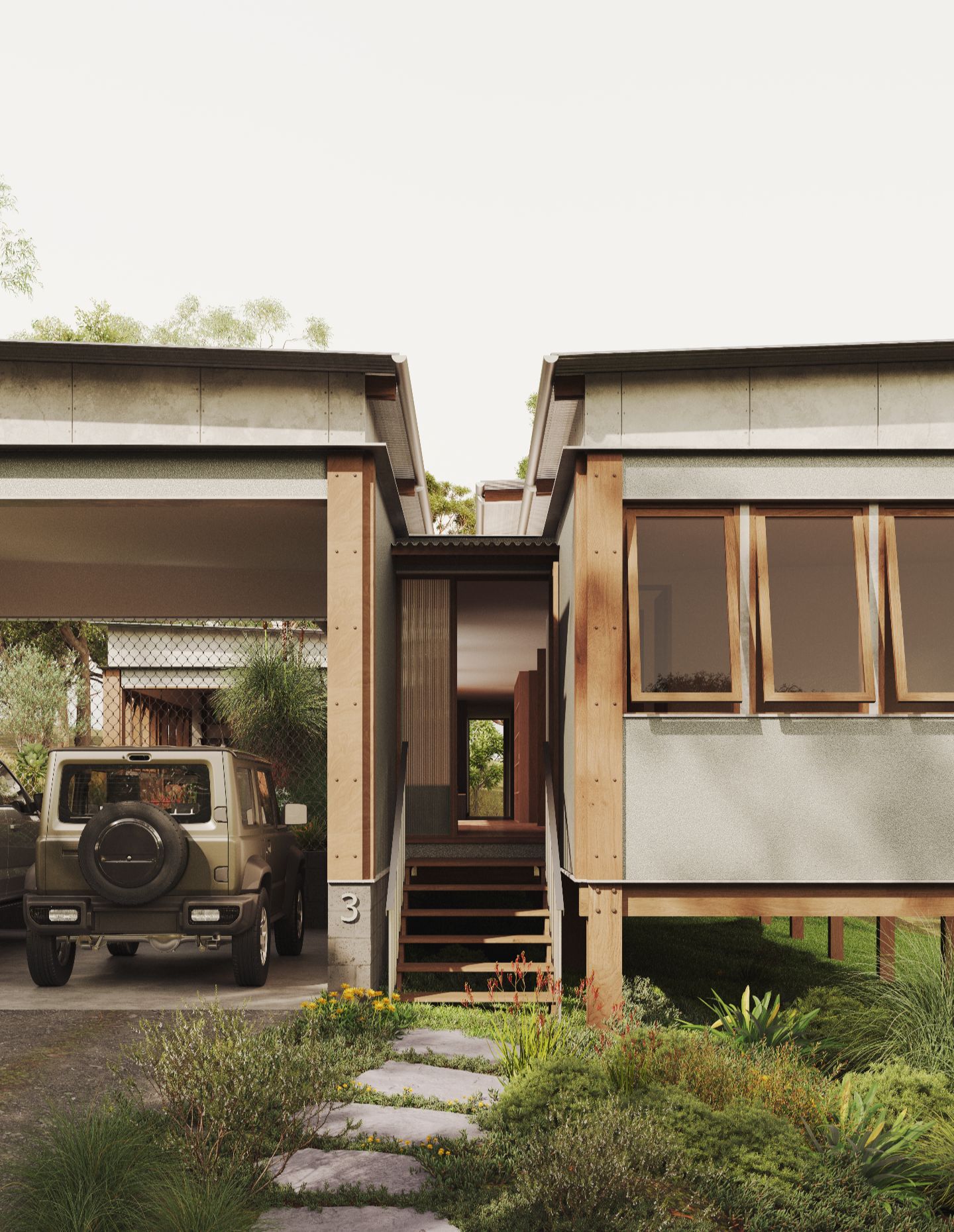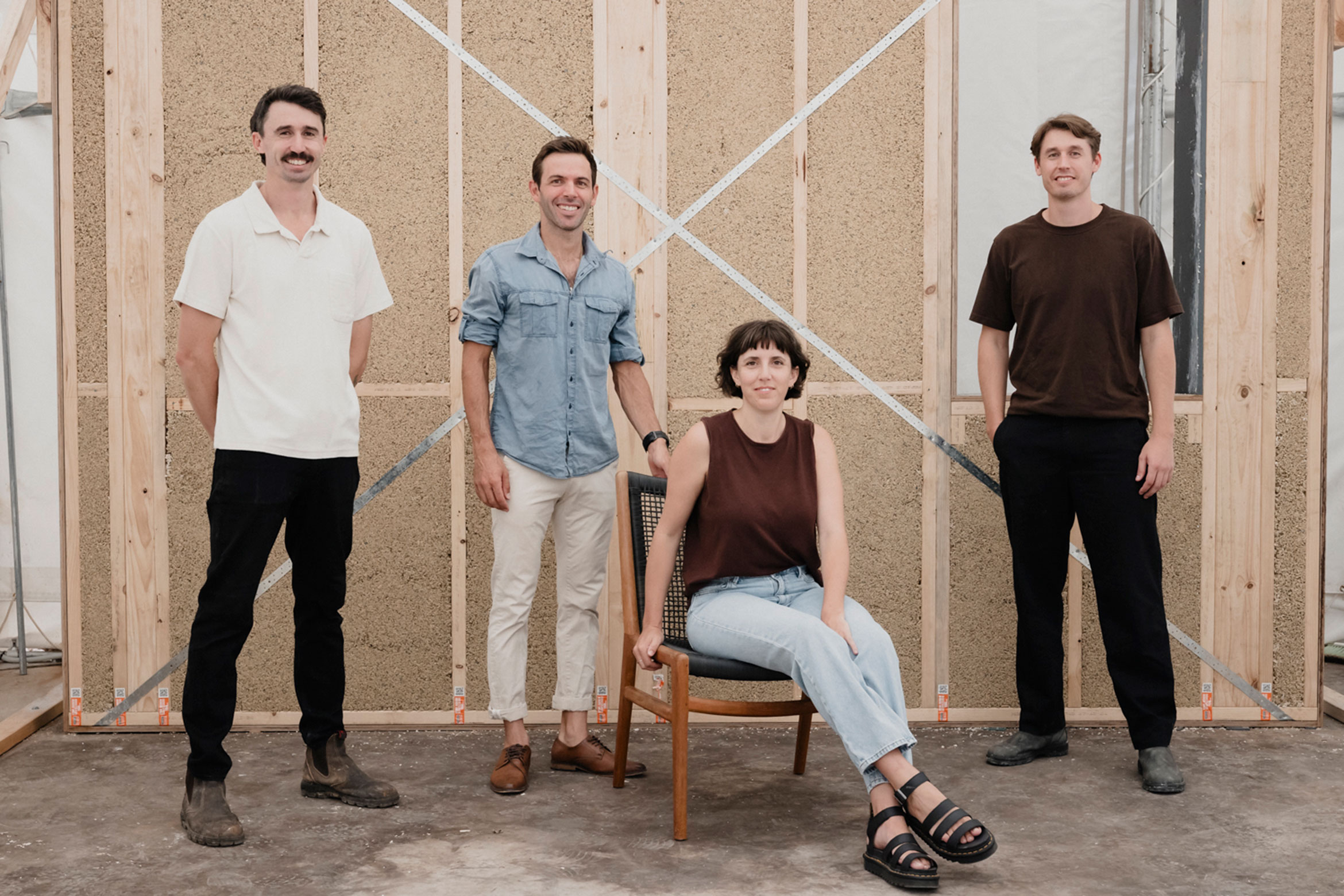Timothy Alouani-Roby: Can you tell me a bit about your background and the path to hemp?
Amanda Marsh: I originally studied design and later worked closely with natural building materials in various roles, while Harrison and Chris come from backgrounds in high-end residential construction, and Elliot is an architect. Each of us brings our own depth of experience to a shared perspective. Over time, we’ve all become increasingly aware of the disconnect between conventional building practices and the natural world. That’s what drew us to hemp – a material that not only performs exceptionally well but also supports a regenerative approach to building.
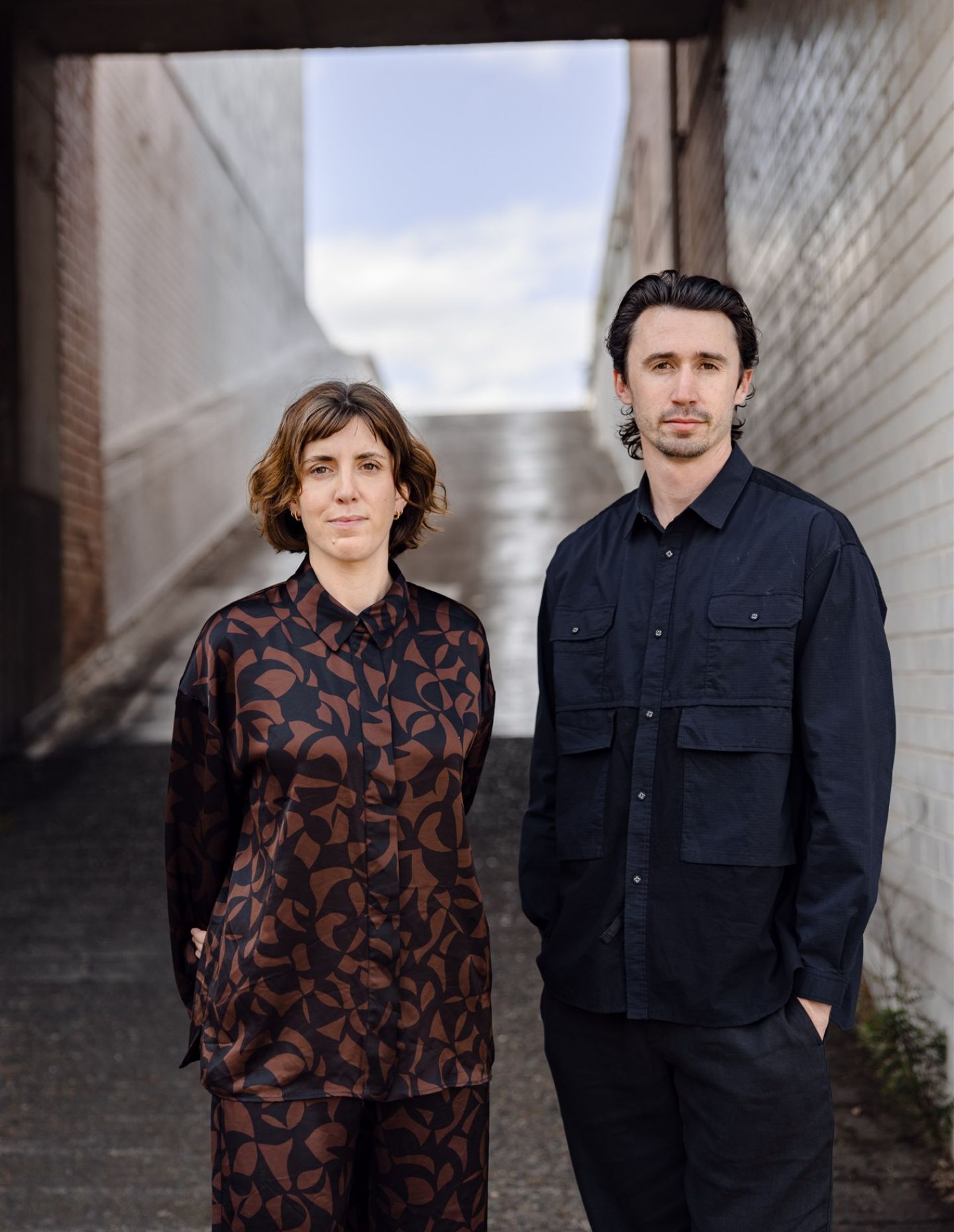
Why did you start Otetto?
Otetto started as a response to a very clear gap – a lack of well-designed, accessible and scalable pathways for using hemp in construction. For too long, hemp has been pigeonholed as a niche or alternative material. We’ve seen insitu hempcrete gain popularity, but it’s still out of reach for most people because it’s highly labour intensive and therefore typically expensive to build with. We wanted to create a way to make hemp accessible and prove that it belongs in the mainstream. The name itself (Otetto – Of The Earth, To The Origin) reflects our thinking. We want to design with integrity and reconnect people with materials that support human and environmental health.
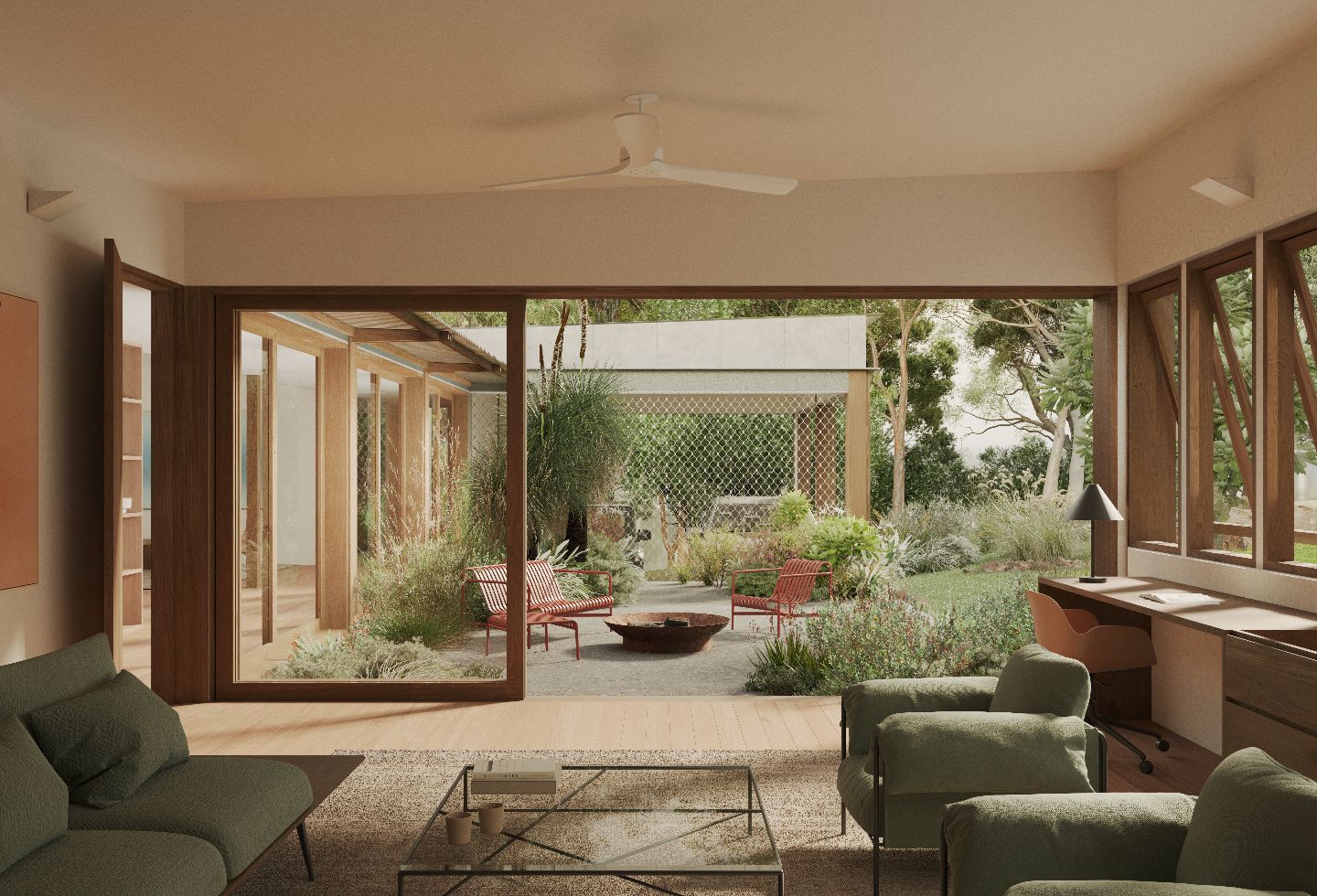
We hear a lot about sustainability in vague terms, as well as adaptive reuse, recycling and so on. How important is material experimentation in addressing the climate crisis?
Material experimentation is crucial, because at the heart of the climate crisis is the question of how we extract, produce and build. Many traditional materials simply can’t meet the demands of our time. To build differently, we have to think differently. Hemp is a perfect case study. It grows quickly, sequesters carbon, requires no synthetic inputs and, when processed into hempcrete, creates high-performance insulation with natural fire resistance and moisture regulation. But to unlock that potential, we need to be willing to experiment with how we build, certify, finance and communicate these innovations. Sustainability is about reimagining the system from the ground up now.
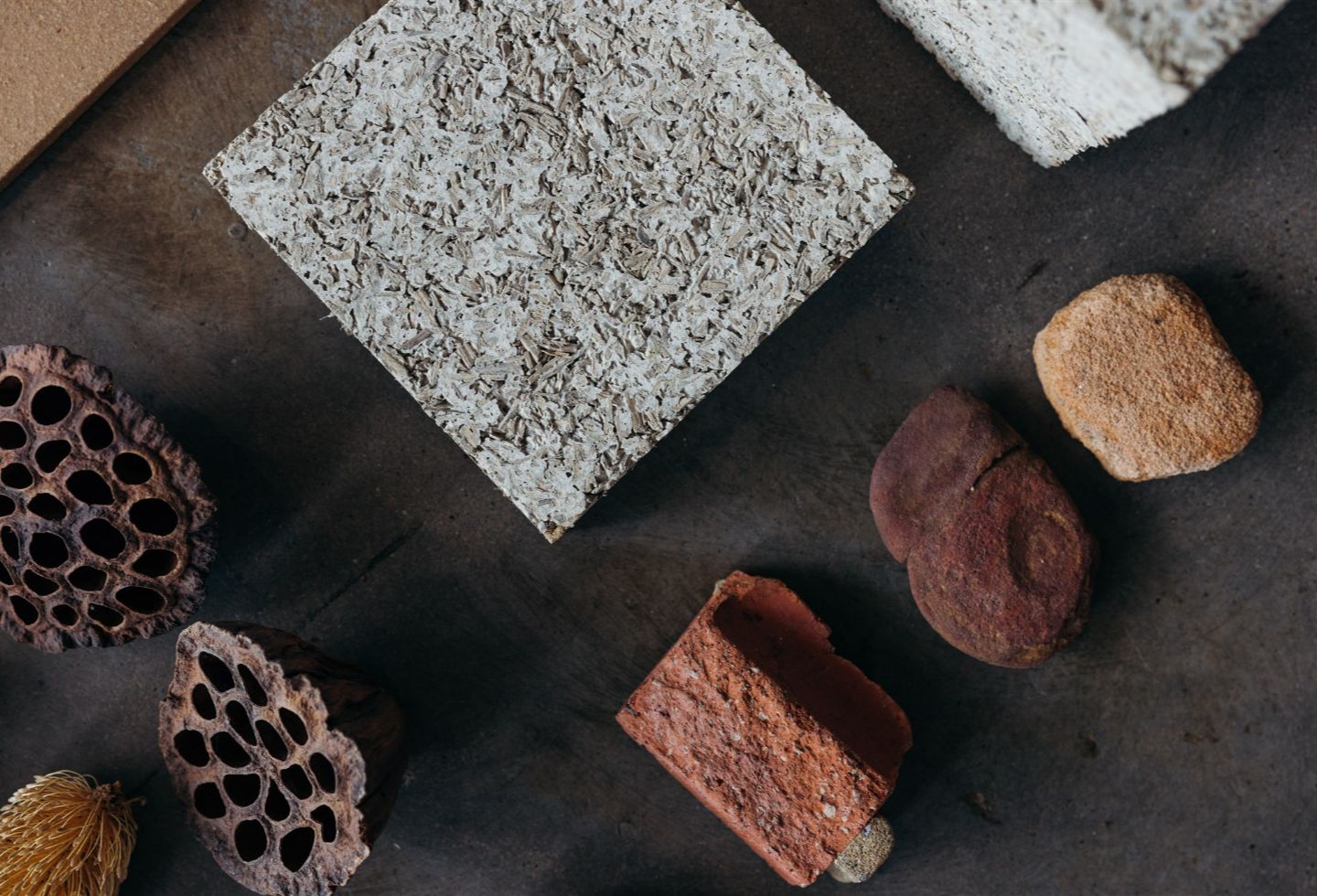
What is the connection between experimental materiality and modularity in design?
Modularity enables material experimentation to move from concept to application. With hemp, you’re not just introducing a new material, it’s a whole new way of thinking about the building envelope. Our Living Canvas SIPS system, which includes wall panels, roof and floor cassettes, is designed to bring the benefits of hemp into a prefabricated, controlled process that reduces construction timelines and error margins. By using modularity, we can ensure precision, reduce waste and support design adaptability across different sites. In a sense, modularity is a delivery system, while experimental materials like hemp are the content – together they create more resilient, smarter buildings.
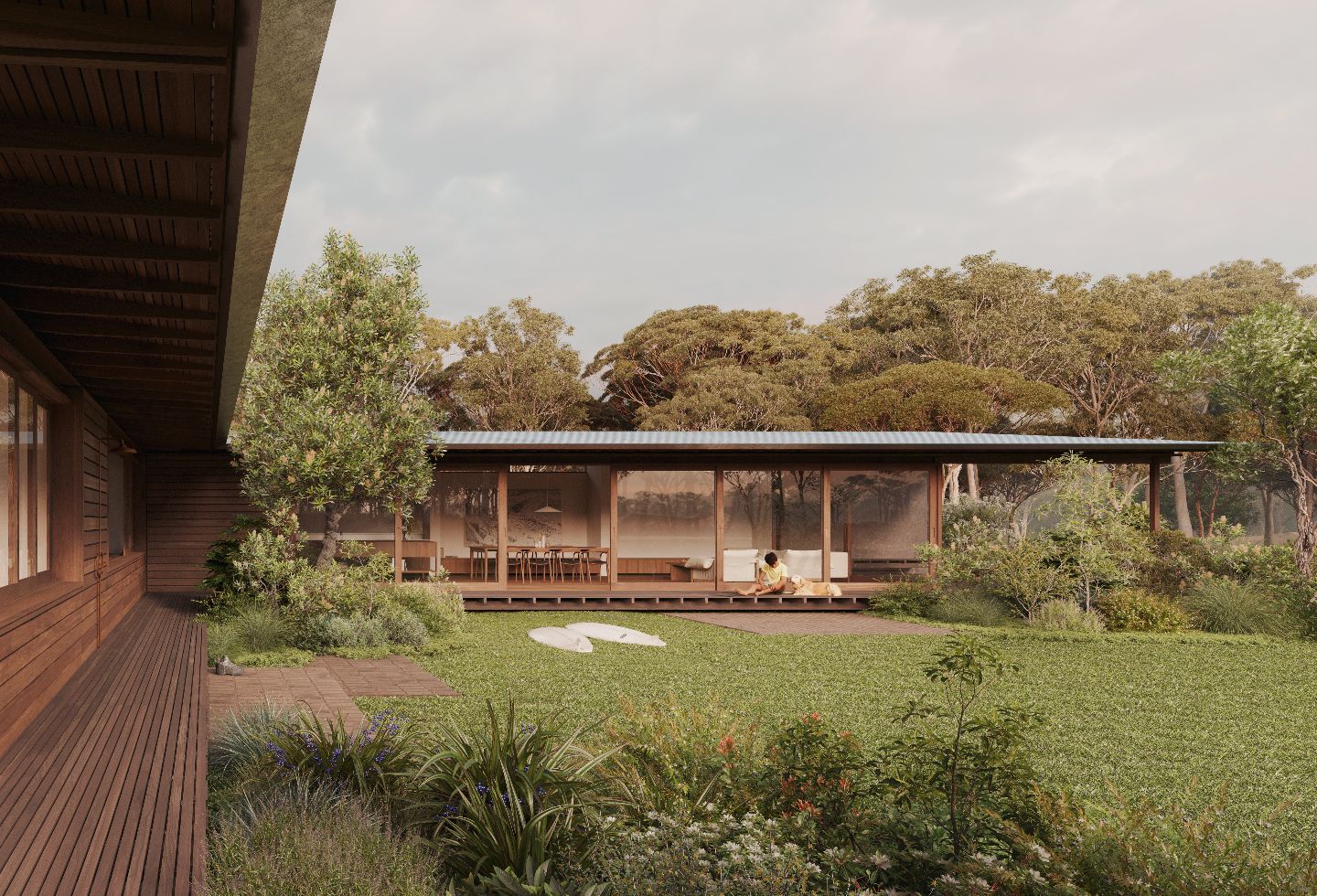
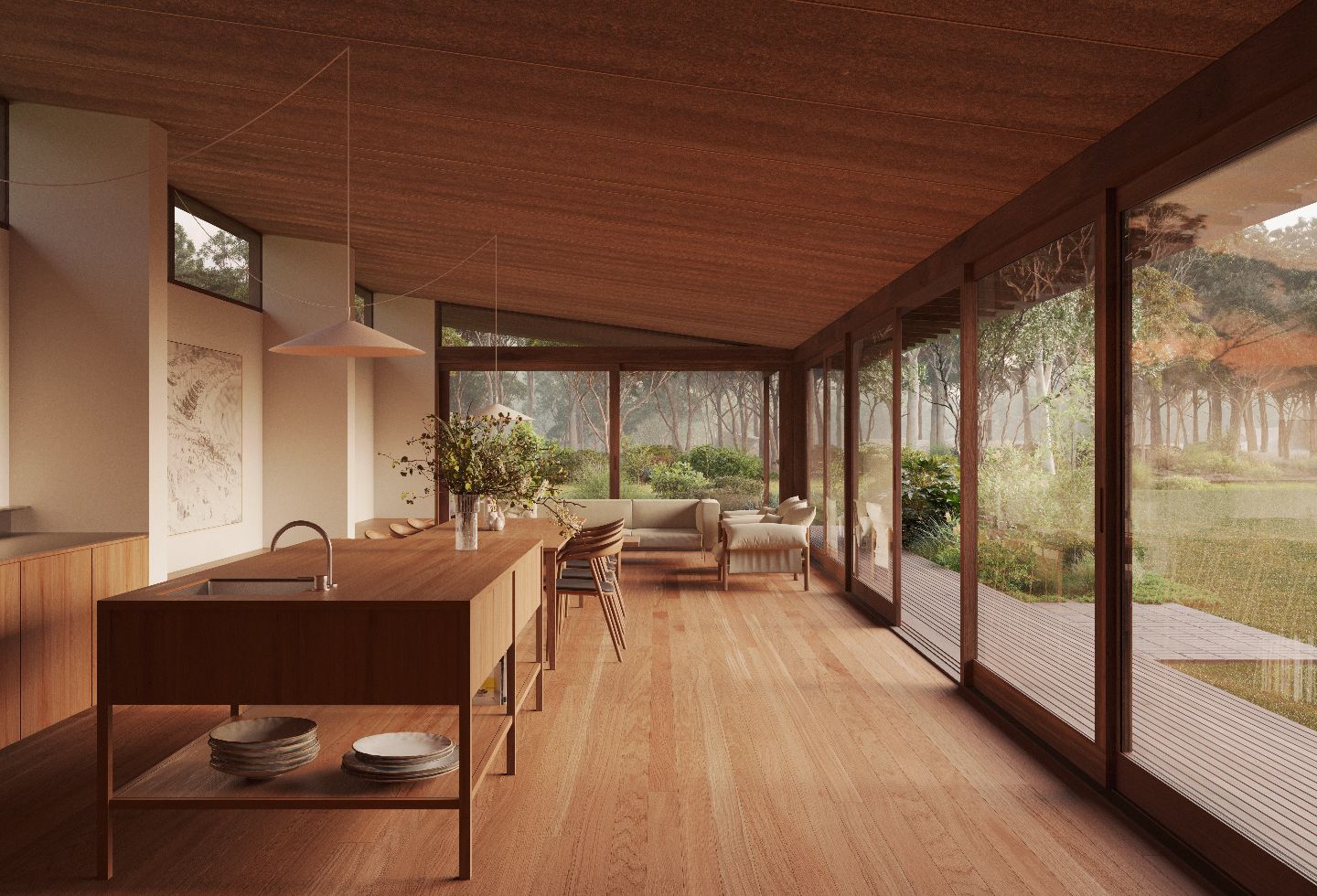
What are some of the highlights and challenges you’ve faced so far, in terms of actual use on projects?
One of the biggest highlights has been seeing the emotional response to hemp as a building material. People are genuinely interested in doing better, building better. Launching our first two home designs in collaboration with award-winning architects was also a milestone.
The challenges? Education has been a big one. A lot of our work is in storytelling and helping people see the full picture – how hemp stacks up in terms of performance, cost, comfort and climate. Certification and supply chain logistics are also always hurdles, but we’re seeing momentum build as more people recognise the long-term value of hemp in construction.
Related: Designing in extreme climates
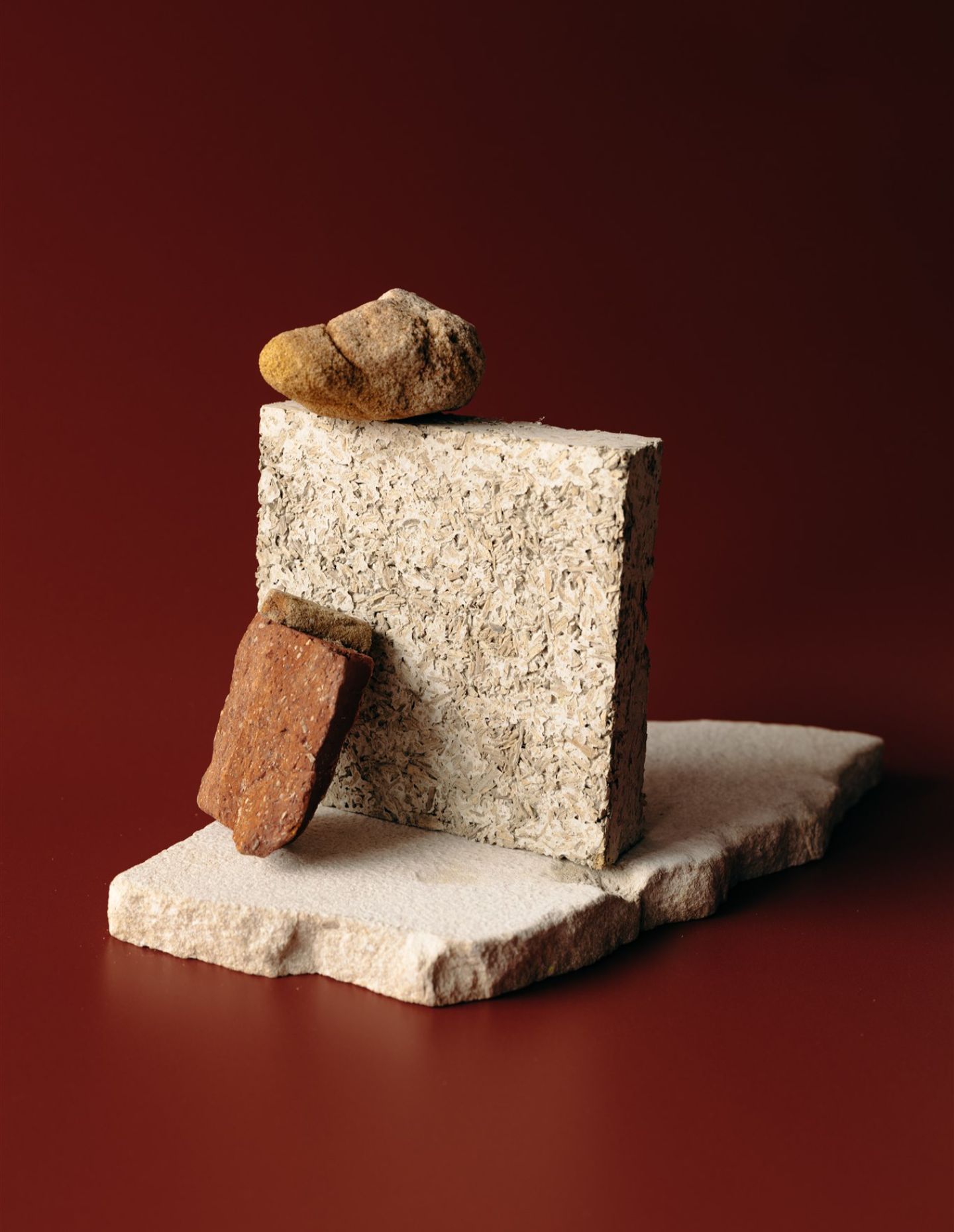
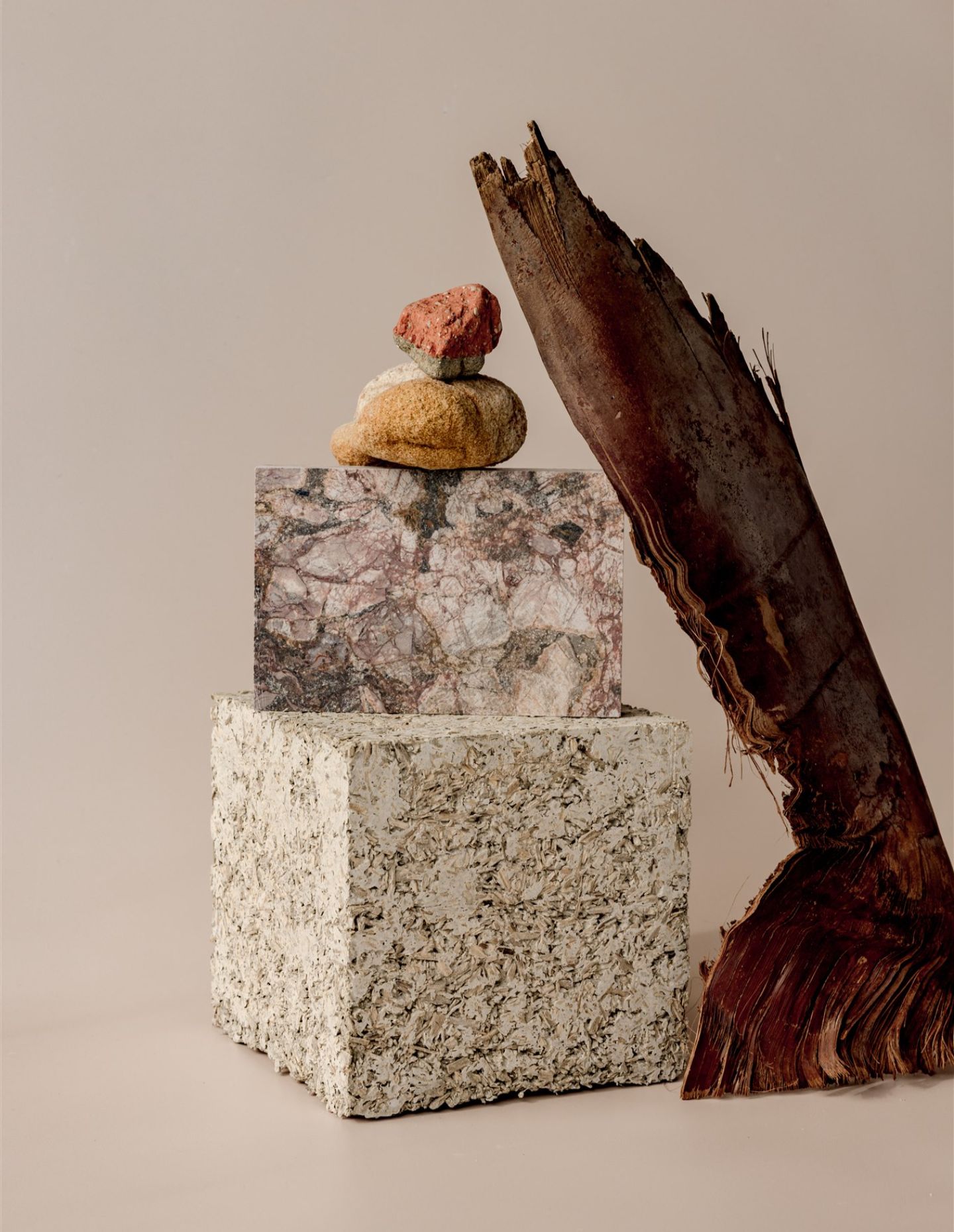
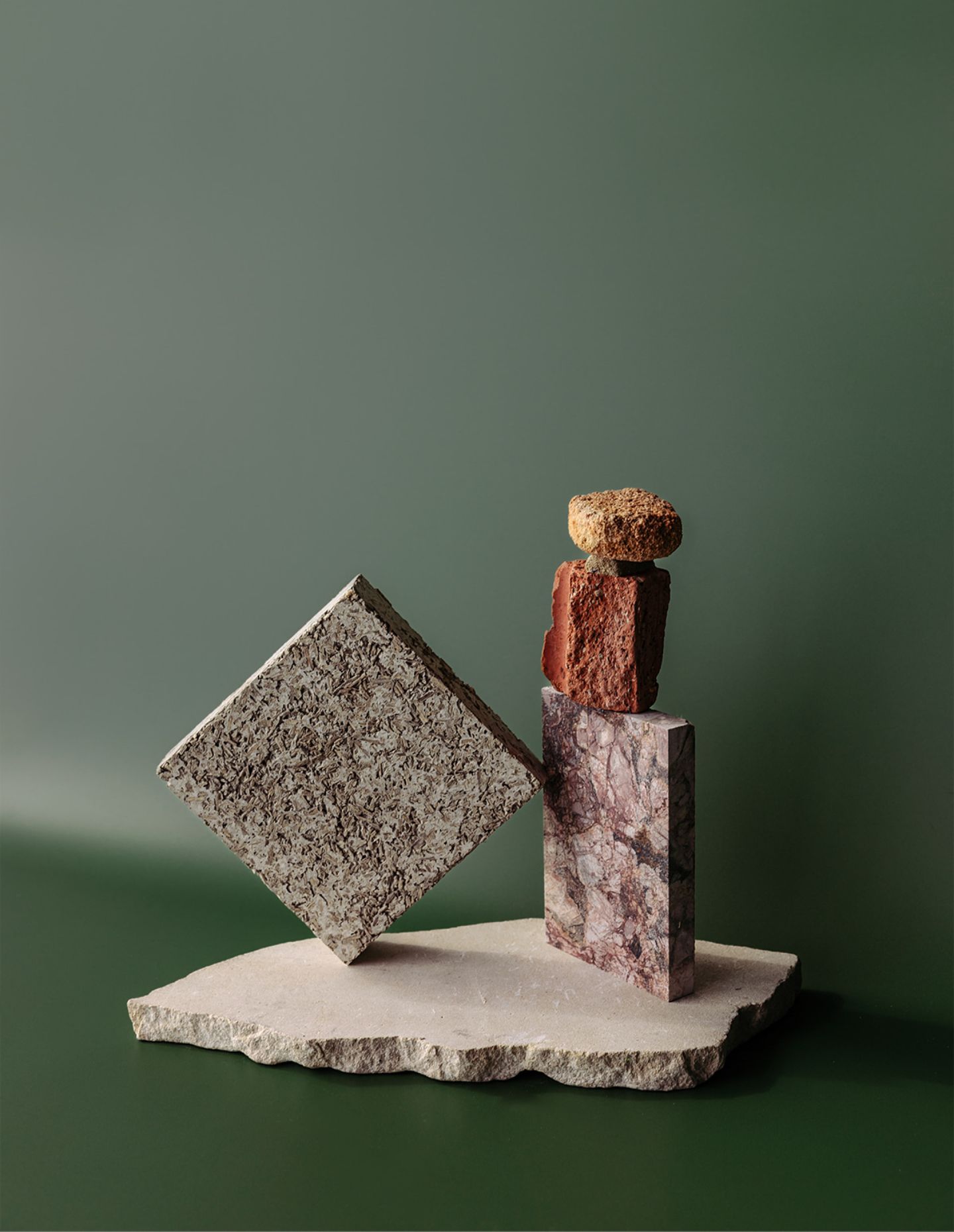
How can people think about materials such as hemp in relation to their own home and design plans?
Start with how you want to live. If comfort, health, lower energy bills and environmental stewardship are important to you, then hemp is a material worth considering. It works beautifully in rural and urban contexts alike, and is particularly suited to Australia’s climate challenges – especially in bushfire-prone areas where it offers high BAL ratings and natural fire resistance.
Our modular walling systems are designed to integrate easily with existing designs or work as part of a complete Otetto home. For anyone embarking on a new build or even a renovation, ask your architect or builder about using hemp – it’s more available and achievable than most people think. And the benefits aren’t just technical, there’s a deep satisfaction in living in a home that is literally made from the earth and built to last.
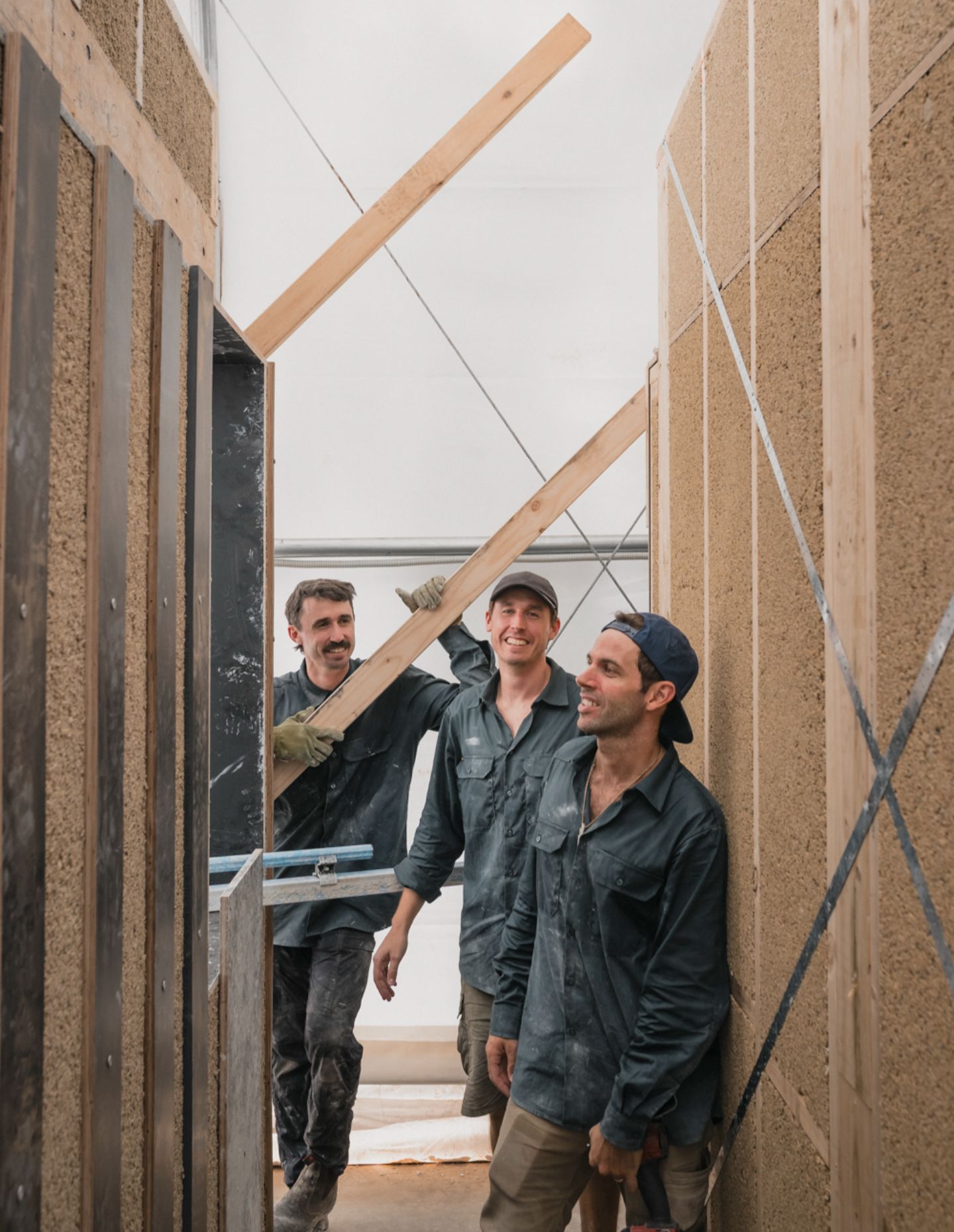
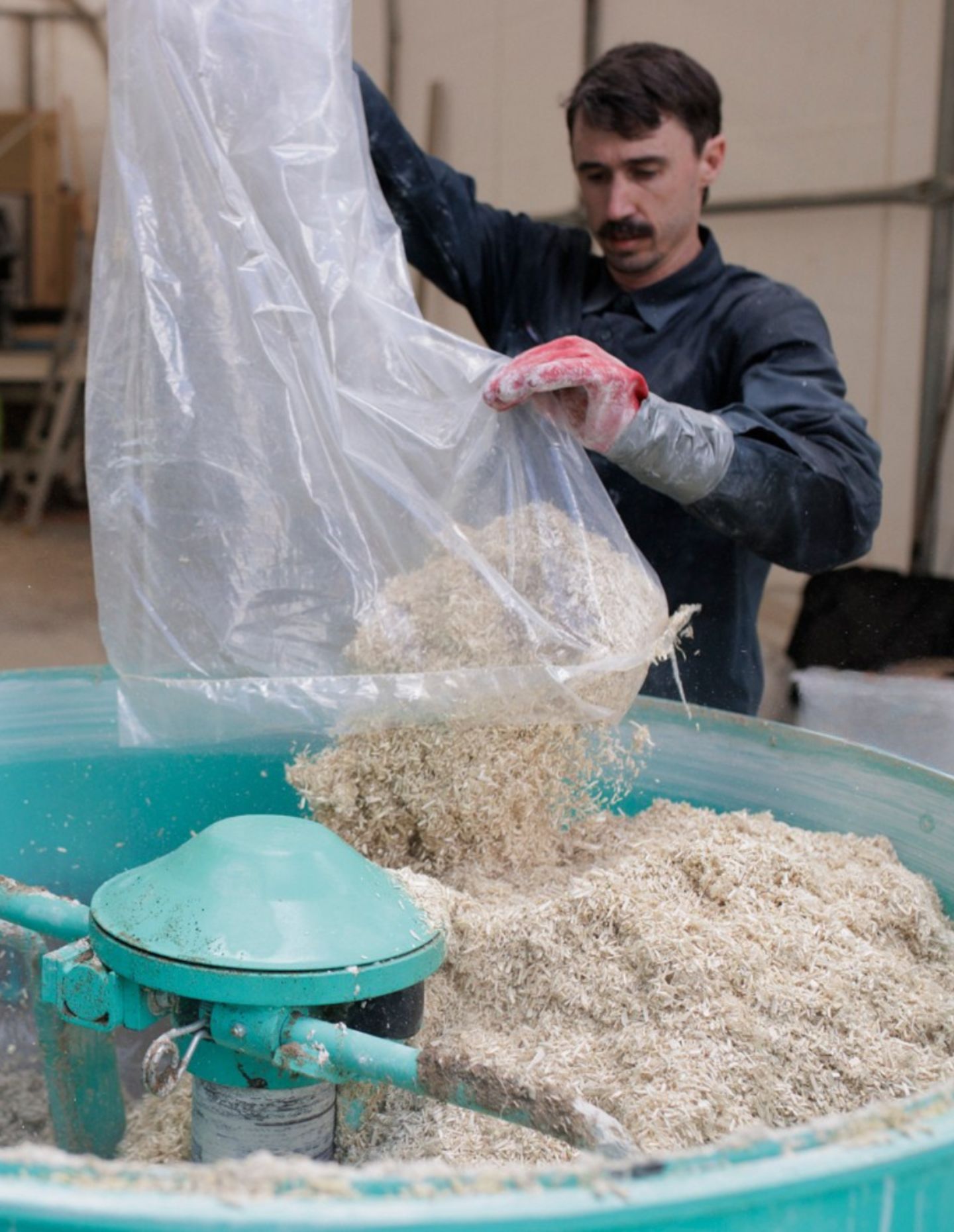
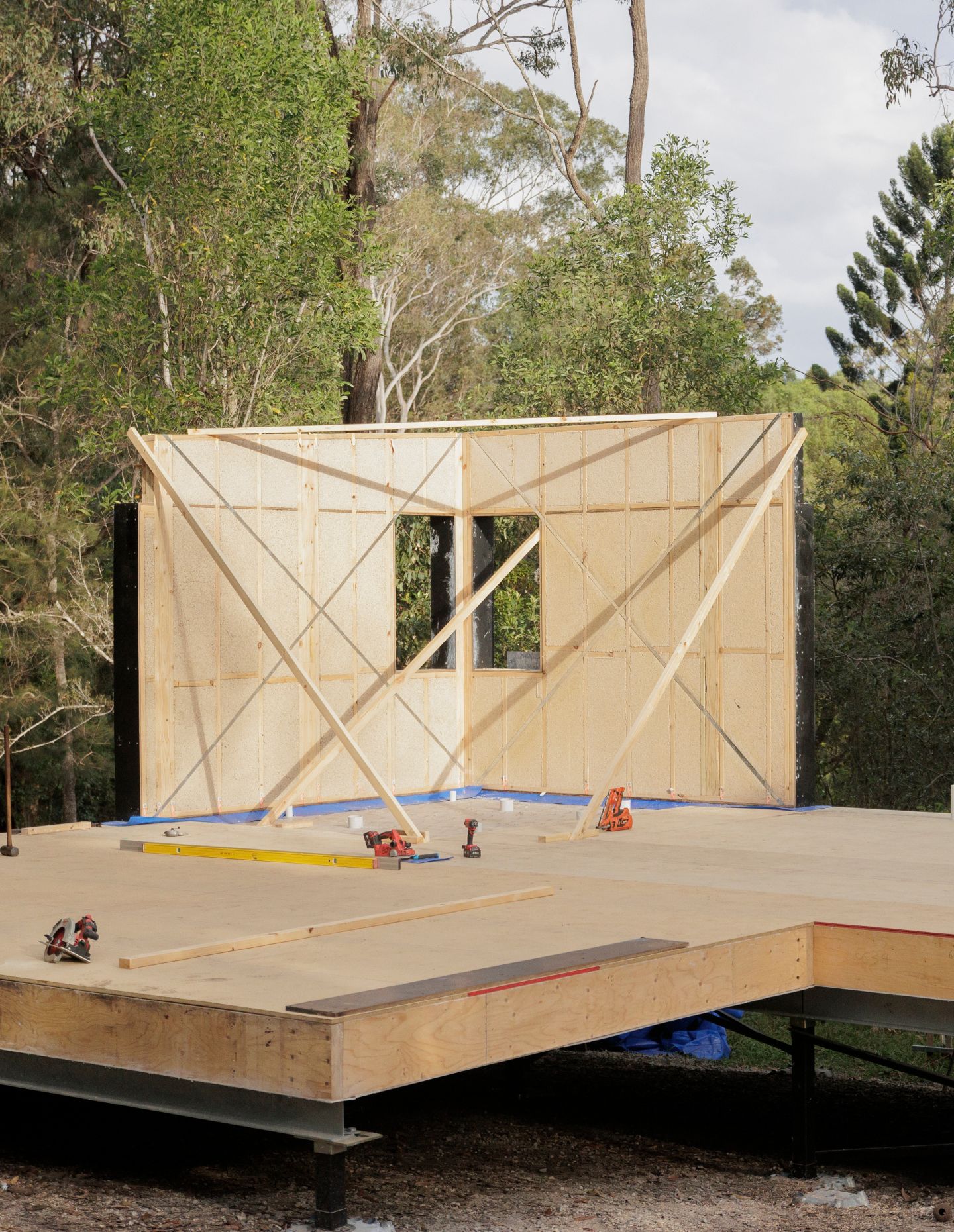
What do you expect to see more and less of in the future?
We’ll see more demand for materials that align with people’s values. People are looking for materials that are good for the planet and good to live in. What I hope we’ll see less of is short-term thinking or materials that promise speed or cost savings upfront but create long-term environmental and health costs. We’re at a point where the construction industry needs to evolve and do it fast.
